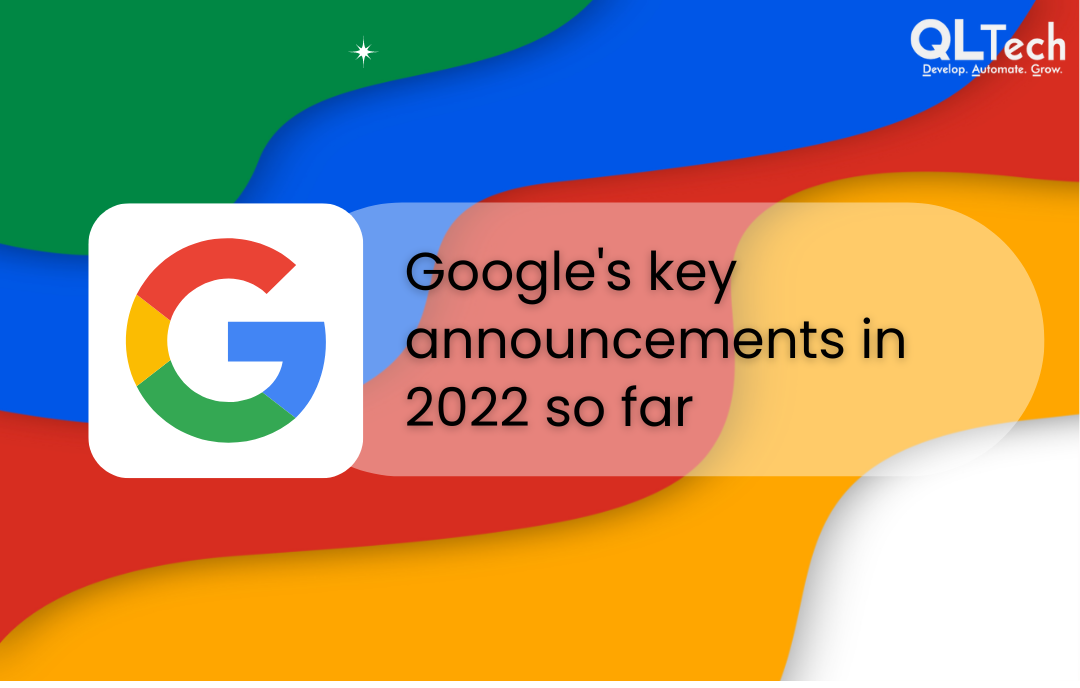Start with a clear goal: Before you start creating your video, define your goal. Do you want to educate your audience, promote your products, or build brand awareness? Having a clear goal will help you create a video that is focused and effective.

Keep it short and engaging: Attention spans are short, so it’s important to keep your videos short and engaging. Aim for a length of 1-2 minutes, and use storytelling and visuals to keep your audience engaged.
Optimise for mobile: More and more people are watching videos on their mobile devices, so it’s important to optimise your videos for mobile. This includes using subtitles, vertical video, and clear visuals.
Use a call-to-action: Every video should have a clear call-to-action. This could be to visit your website, subscribe to your newsletter, or make a purchase. Make sure your call-to-action is clear and easy to follow.
Leverage social media: Social media is a great platform for promoting your videos and reaching a wider audience. Use hashtags and paid promotion to increase the visibility of your videos on social media.
Use analytics to measure success: Use analytics to measure the success of your video marketing efforts. This includes tracking views, engagement, and conversion rates. Use this data to adjust your strategy and improve your results.
Show your brand personality: Video marketing is a great opportunity to show your brand personality and connect with your audience. Use humor, storytelling, and behind-the-scenes footage to humanise your brand and build a connection with your audience.
Create high-quality content: High-quality content is essential for successful video marketing. This includes using clear visuals, high-quality audio, and a professional-looking video. Invest in good equipment and software to ensure your videos look and sound great.
Collaborate with influencers: Collaborating with influencers is a great way to expand your reach and connect with a wider audience. Find influencers in your niche and partner with them to create engaging and shareable content.
Test and iterate: Video marketing is a constantly evolving field, so it’s important to test and iterate your strategies. Try different types of videos, platforms, and calls-to-action to see what works best for your audience.
In conclusion, video marketing is a powerful tool for engaging your audience and promoting your brand. Start with a clear goal, keep it short and engaging, optimise for mobile, use a call-to-action, leverage social media, use analytics to measure success, show your brand personality, create high-quality content, collaborate with influencers, and test and iterate.






